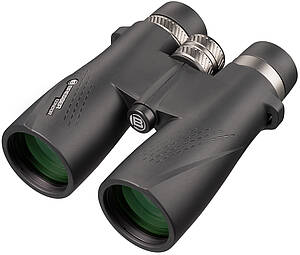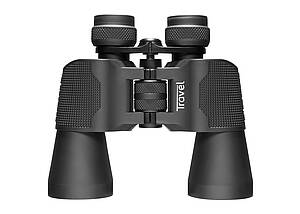

Don't forget your binoculars!
Valentine's Day is on 14 February. Go out for a fancy meal together, surprise your loved one with a cinema evening or whisk her away for a wellness weekend: None of this is possible in times of Corona. But it doesn't always have to be material gifts: What counts above all is time spent together and personal attention from your partner.
Going for a walk and excursions into the surrounding countryside have become very popular during Corona. Why not get out into nature on Valentine's Day weekend and create a romantic experience together!!! The weather forecasts predict a wintry February - with a bit of luck, this will turn into a walk through romantically snow-covered meadows and forests.
But don't forget to take binoculars with you. Because now in winter, when trees and bushes are bare, the chances of observing birds and winter-active wild animals at nesting sites and feeding places are good, even for beginners. Moreover, in the early evening hours of February, the starry sky is already sparkling brightly and just looking through binoculars provides one or two WOW effects. Binoculars with 10x magnification, such as our BRESSER Condor 10x50 roof binoculars with UR coating, are the perfect choice. Are also excellent for twilight observations thanks to the large aperture that allows a lot of light to fall on the lens.
Alternatively, we recommend, for example, our Bresser 20x50 binoculars with particularly high magnification for long-distance observations and high light gathering power for observations in poor light conditions. But you are also guaranteed not to go wrong with a classic, such as the 10x42 Pirsch binoculars, which make excellent hiking and travel companions. This compact, versatile pair of binoculars features a new type of phase coating that makes the image shine with contrast and high resolution.
Psst.... These animal inhabitants of forests and meadows are now easy to observe during the day and at twilight
Dusk (and dawn) in valley lowlands is a good time to see deer and roe deer - but please just watch, don't startle or startle. This is because the wild animals are now in energy-saving mode. If they are startled and thus driven to flee, this costs the animals a lot of energy and weakens them greatly.
Foxes and brown hares are also winter-active animals and can even be observed during the day. Foxes are now looking for mates and are therefore also active during the day. And since they have conquered the city habitat for themselves, the chances of seeing a fox in larger urban parks are probably good. Towards the end of winter, hares can also be seen during the day - if you recognise them. They are masters of camouflage. Their fur is now thicker and lighter than usual, and they also like to stay in hollows.
If the weather is dry and sunny, you may be lucky and spot badgers or squirrels. Every now and then, they make a trip from their winter quarters to their autumn food hiding place.
Evening starry skies sparkle especially beautifully in winter
When it has become dark, it is worth taking a look at the starry sky. A pair of 10x50 or 12x50 binoculars already offers great experiences for observing the winter evening and night sky. Details of planets are not visible and shooting stars do not fall in February, but some celestial objects are very impressive: Now in winter, for example, Sirius is the brightest star in the firmament (apart from the sun and moon and some very bright planets). You can't miss it: Orion's three prominent belt stars are at a slight angle to the lower left and point exactly at Sirius.
The Orion Nebula M42 is also impressive, visible to the naked eye as a faint glimmer: the very active star-forming region, a little below Orion's three prominent belt stars, is so bright that it can be seen with binoculars as a colourless nebula spot. It is a huge cloud of enormous proportions, made up of cosmic dust and gases, which is excited to glow by UV light from the stars.
Our neighbouring galaxy M 31, better known as the Andromeda Nebula, can also be seen just as well with binoculars. No wonder, since it stretches over five lunar diameters across the firmament. It is a beautiful looking spiral galaxy of a similar type to our Milky Way.
The seven bright main stars of the Pleiades cluster are already visible to the naked eye, but looking through binoculars with 10x magnification is sure to amaze: dozens of glittering stars can be seen, framed by the delicate blue of the bright main stars.
Use binoculars all year round
If you don't have binoculars yet and are thinking about buying them, let me tell you: binoculars are of course not just for winter! It doesn't matter whether you go boating in summer, prefer mountaineering in spring and summer or are interested in bird watching in autumn: At Bresser you will find a large selection of suitable binoculars for different areas of application - it's best to click in and start browsing right away or find out more in our guide:

 Deutsch
Deutsch
 English
English
 Francais
Francais
 Español
Español
 Italiano
Italiano
 Nederlands
Nederlands
 Polski
Polski

